Artist in Residence at The Bower Reuse and Repair Centre, Harry T. Morris, is inspired by the Japanese concept of fuzei to use discarded materials in producing furniture of lasting value. We learn the experiences in Japan that inspired his appreciation of fuzei.
My kōgei collection of furniture (meaning hand crafted in Japanese) is inspired by Japanese traditional craft, discipline and philosophical concepts. Over the past the years have been researching and practising the use of hand tools and traditional techniques in furniture making.
To explore this further I travelled to Japan to study their historic craft first hand. I first studied under traditional carpenters (residential) before working and living with Japanese furniture makers as well as visiting many other craftspeople all over Japan to help me really understand the discipline and craft.
My former education at West Dean college of arts and conservation in the UK showed me the importance of reparability in furniture making and how often this isn’t considered. Thus a large part of my design process is centred around construction methods that are not only strong but also long lasting and repairable.
This piece takes inspiration from the simplicity of what is considered “beauty” in Japanese design and philosophy. The straight, clean lines, the simple sliding doors and the application of texture in use of fabric in the doors has stemmed from Japanese influences. The side board features half blind dovetails, mortise and tenon doors and tapered sliding dovetails, all of which have been chosen and applied to areas of the piece to allow for timber movement and provide as much strength as possible. Reversible adhesives and repairable finishes such as hide glue and shellac are used along side entirely hand cut joinery.
The carcass is comprised of reclaimed Australian eucalyptus, a kind of timber I have never encountered or worked with before. It is very dense, hard and unpredictable. On top of that, I am also challenged with considering the careful use of defects in the timber, such as the many oxidised nail holes or marks made in the wood from it’s previous life. These defects will not be entirely avoided; I believe these can be used to tell a story of the history of that piece of wood. Careful selection of timber and a respect for the characteristics of each piece of wood is important to me in any process.
In Sydney, and everywhere in the world, we see a huge amount of waste. Things that are used once or not even used at all and thrown away. The idea of using these materials that are heading to landfill in this piece of furniture is an effort to raise awareness of the concept of waste reduction and reuse. I feel as though if more people understood and appreciated the material world around them there would be less of an inclination for people to waste so much. I want people to give possessions a value other that monetary: to consider the construction and materials the make up the object.
What is fuzei?
The idea of fuzei is beauty beyond what is normally considered beautiful. Often interpreted as finding beauty in imperfection. This idea suits this piece wonderfully, mainly in regard to the materials used. All the materials being reclaimed they are often not considered useful let alone beautiful at first sight. Fuzei is also interpreted to refer to the atmosphere and feeling which an object spontaneously invokes in the viewer, this is an idea I am invested in in all my work.
The difference in a nice piece of furniture and a piece of furniture that is just right in every regard—just feels right—is fuzei. I often think about this concept in timber selection, which has been a huge part of this project. For example, careful choices of timber and grain orientation: thinking about which part of the tree in facing outwards. This becomes even more crucial when dealing with natural and man made defects in the timber, all of which can be used carefully to create a piece that just works. For me, its about not just using a piece of wood as a piece of wood, but considering it to be more than that. Connecting the wood to the the tree, thinking about how it is grown, which way up it may have been, where this piece was within the tree and so on.These are all concepts I have come to appreciate since visiting Japan and discussing processes with many different crafts people.
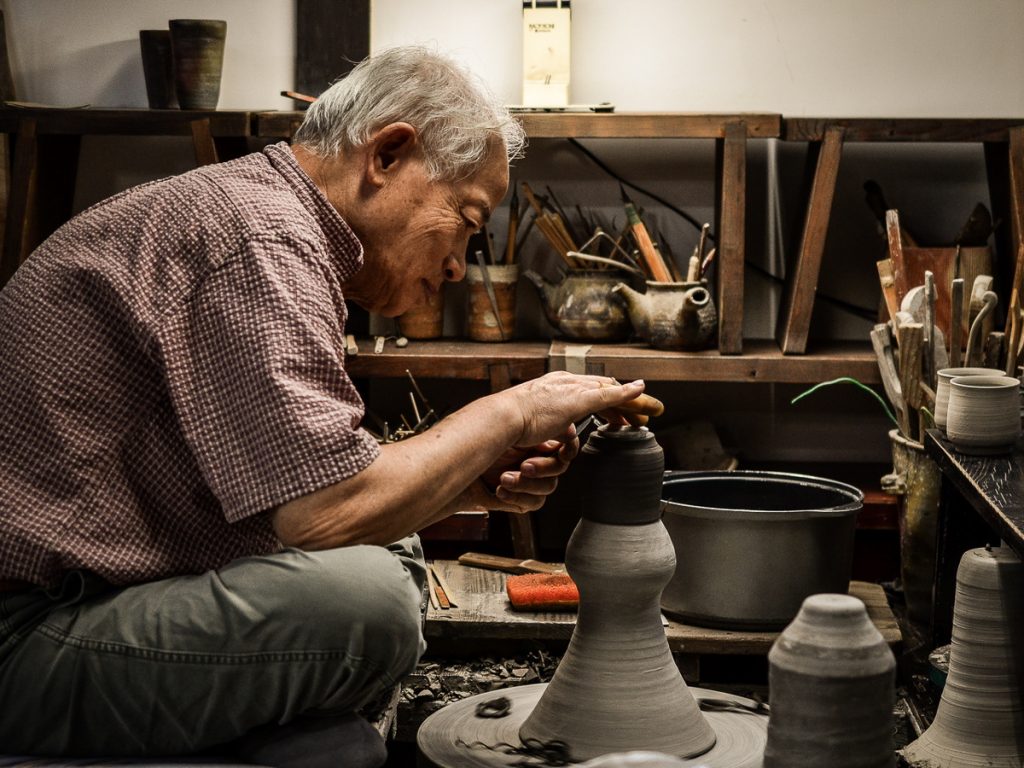
Bizen ceramics embody the idea of fuzei, there are a little rough on the surface, unglazed ceramics, but are just beautiful, have such a feeling of warmth to them. It is a very ancient craft in Japan and there are only a few families that are allowed to produce ceramics with this process. I was very fortunate to meet this master, Kimura Bifu.
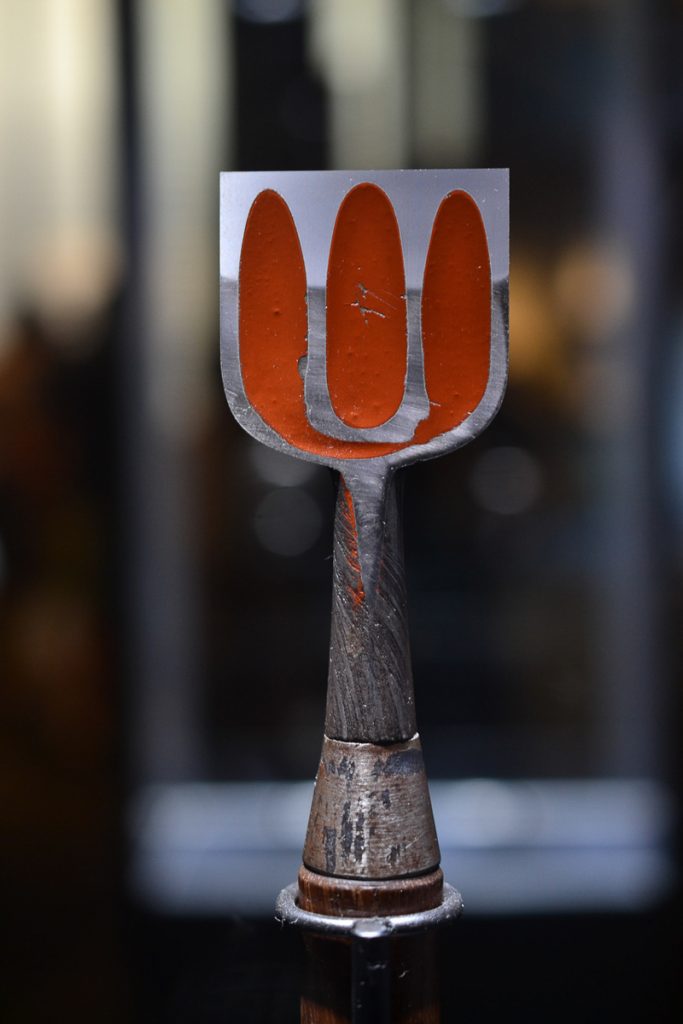
The next image is the back of a Tataki nomi in the Carpentry tools museum in Kobe. Wood working hand tools in general I believe have an amazing feeling about them. Whether its because of the master blacksmith who has forged the steal or whether it is the idea of the work that can be done with the tool, there is something very special about admiring and caring for tools. Something very important to me in my woodworking: tool care and appreciation.
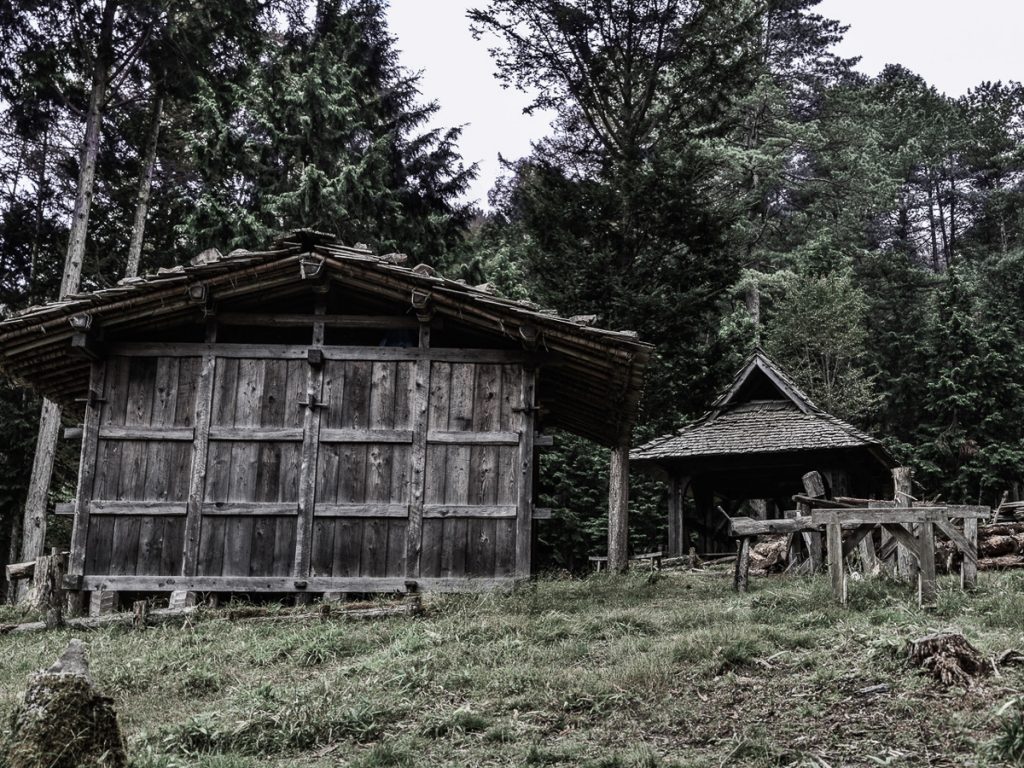
The final image is a Japanese building constructed as part of a international project hosted by Amemiya Kunihiro near Kofu. The raw timbers oxidising on the outside as just amazing. This was a great project aimed to gather traditional carpenters in Europe and in Japan to work on a project together. In the foreground is a Japanese style building, in the background a traditional German style framed building. This place had a feeling of amazing peace, the idea of so many woodworking from all over the world to work together on a project just for the sake of traditional craft is inspiring.
The Bower is a not-for-profit environmental charity established about 20 years ago in Sydney, Australia and dedicated to reducing useful waste heading to landfill. They collect household goods and building materials from all over the greater Sydney Region. Over the last five years, Shane Orion Wiechnik has been working with The Bower to build a woodworking branch based out of Redfern. They teach woodworking courses for Sydney Community College, including a tiny house building project. They make and repair furniture as well and in general do what we can to promote woodworking craft as a way to reduce waste. You can learn more about Harry T. Morris from his website.

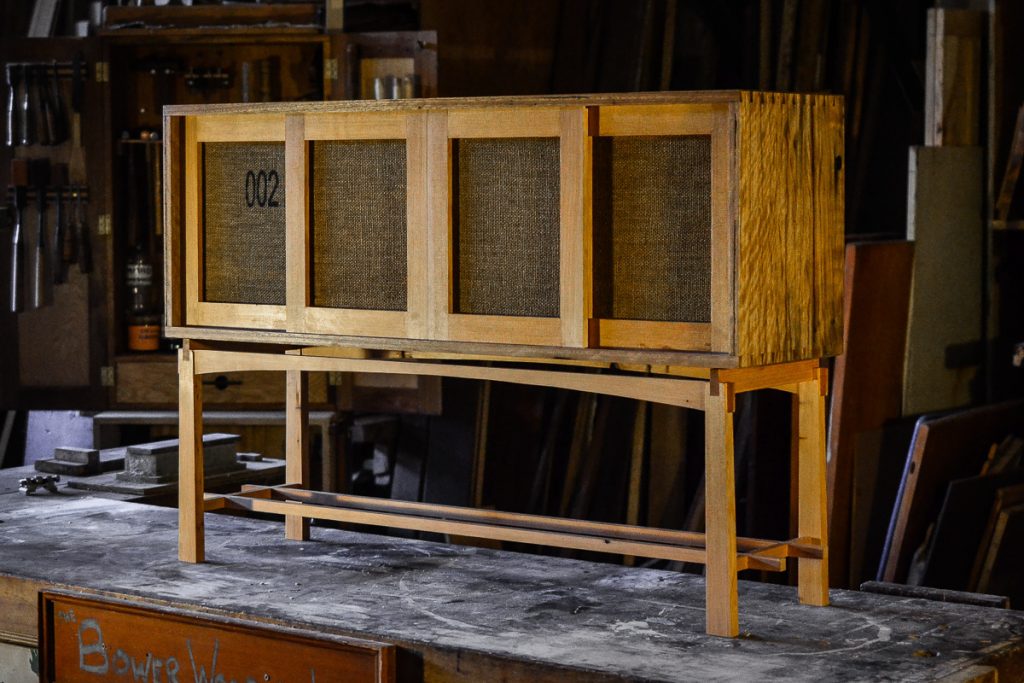
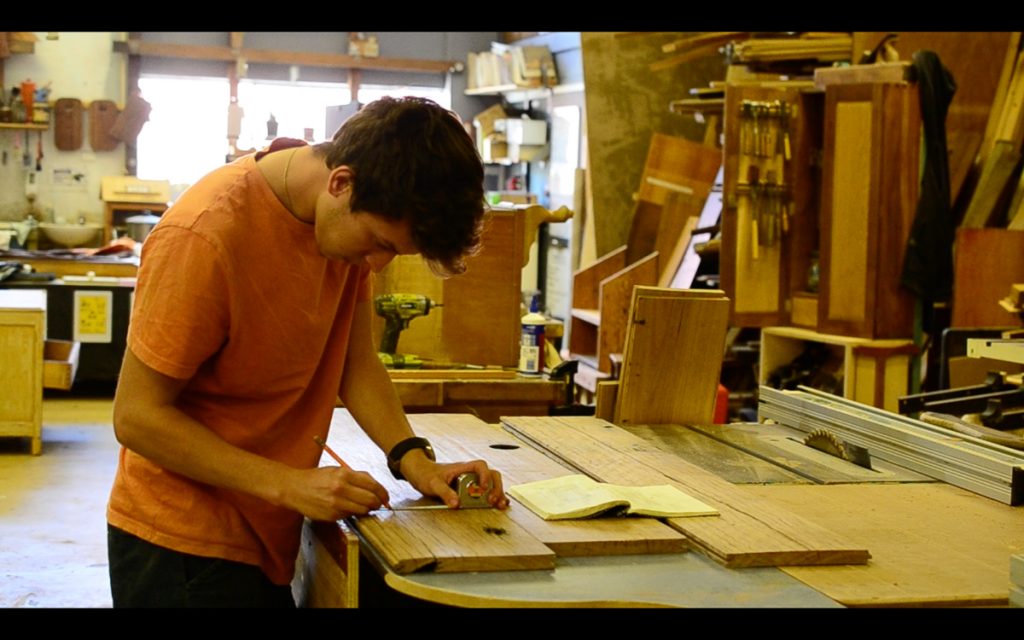
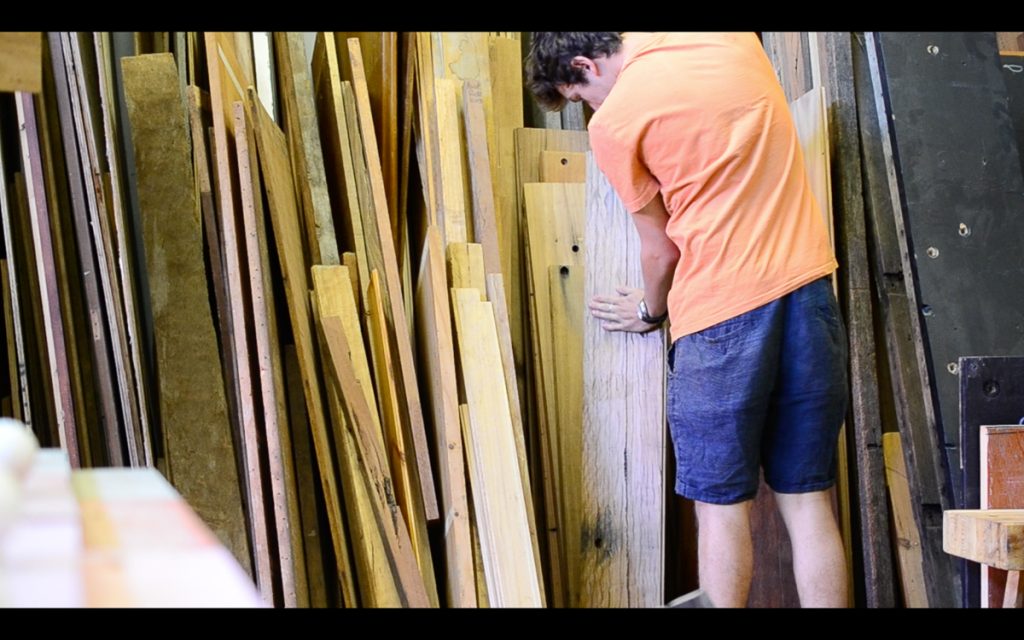

Comments
Really appreciate this idea of reuse of wood or other materials in building of a fine piece of furniture. As for your thoughts on reparability, I had never considered that, deferring instead to asthetics and joinery. I will have to reconsider future pieces in light of your comments on reparability.
I watched the video series of the Fuzei cabinet build on Youtube. Fantastic.
Thank you.